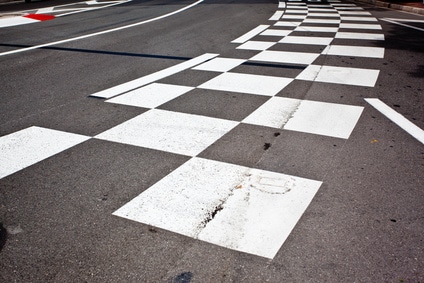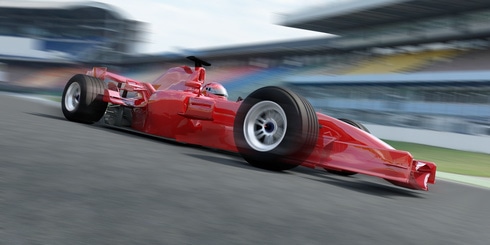Have your Sundays seemed a little dull lately? Good news — Formula 1 will soon be back on our screens, saving race fans from the monotony of back-to-back episodes of Come Dine With Me. The 2016 F1 season officially kicks off in Melbourne, Australia on the weekend of March 18, but all competing teams are already carrying out essential pre-season training in Spain, which you can find out more about on the official Formula 1 website.
To celebrate the start of the biggest event on the Motorsport calendar, we’ll take a closer look at the Australian Grand Prix and find out how both car and driver are preparing for the sizzling start to the season down under.
2016 Australian Grand Prix — What You Need to Know
Taking place in Melbourne since 1996, the Australian Grand Prix is not only celebrated as the first race of the season; it’s also renowned for its party atmosphere — not to mention its intense heat. The track itself lies in Melbourne’s beautiful Albert Park, but also incorporates closed-public roads. Here’s everything you need to know about the Australian Grand Prix before it happens:
Race Date: Friday 18 — Sun 20 March 2016
Number of Laps: 58
Total Distance: 307.574km
Average Race Day Temperature: 24°C
2015 Winner: Lewis Hamilton
How Do the Drivers Prepare?
To prepare for the mental and physical exhaustion that comes from driving at extreme high speed for such long periods of time, drivers usually spend around 15 hours a day working on their fitness, performing real-time testing and working with the team to develop and tweak certain aspects of the car.
In the run up to the 2016 Australian Grand Prix, each driver will undergo an intense fitness programme to get their body back in shape before the start of the new season. Throughout any given race, an F1 driver will lose around 4kg in weight due to the extreme G forces; they also lose around 3 litres of water as sweat, meaning they must consume around 8 litres a day before, during and after the race to keep themselves hydrated and energised. This means they must be at the peak of their physical and mental fitness ahead of the new season, in order to deal with the stresses and strains that come from getting behind the wheel of a Formula One car.
What Preparation Do the Cars Need?
 The teams will have been working on the cars since the end of the 2015 racing calendar, and as it’s the first race of the season, the Australian Grand Prix is the first real test for the new vehicles. To prepare for the inaugural F1 of 2016, the teams put both car and driver through a rigorous testing programme at a track in Barcelona, where they’re free to make mechanical changes and squeeze every last drop of performance from the engine.
The teams will have been working on the cars since the end of the 2015 racing calendar, and as it’s the first race of the season, the Australian Grand Prix is the first real test for the new vehicles. To prepare for the inaugural F1 of 2016, the teams put both car and driver through a rigorous testing programme at a track in Barcelona, where they’re free to make mechanical changes and squeeze every last drop of performance from the engine.
As Australia is often one of the hottest races on the F1 race calendar, every effort is made to ensure the cars are set up to work efficiently in the extreme hot temperatures. Controlling heat is critical to keeping the car’s engine, suspension and brakes working at their optimum, meaning the cooling system is an incredibly important feature on the vehicle. F1 cars feature a pump that allows coolant to flow around the engine — much like a standard family car. But, rather than using a standard coolant/antifreeze blend, F1 cars use waterless coolant with a much higher boiling point than standard cooling products.
Your car may not be able to hit speeds of 200mph, but it’s still important to take care of its engine. At Prestone, our car maintenance products are developed to work in all extremes, helping your car to perform on the road no matter what the conditions. To find out more, visit the Prestone website.

